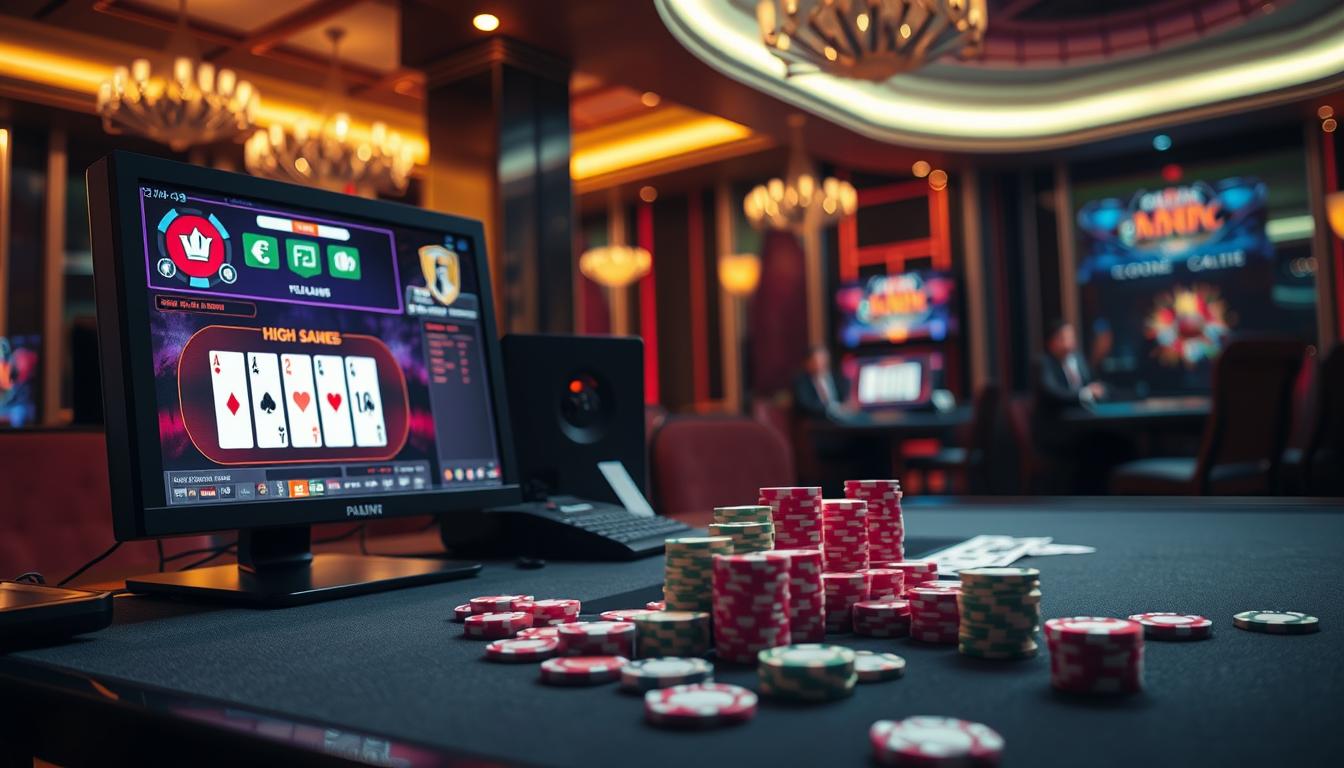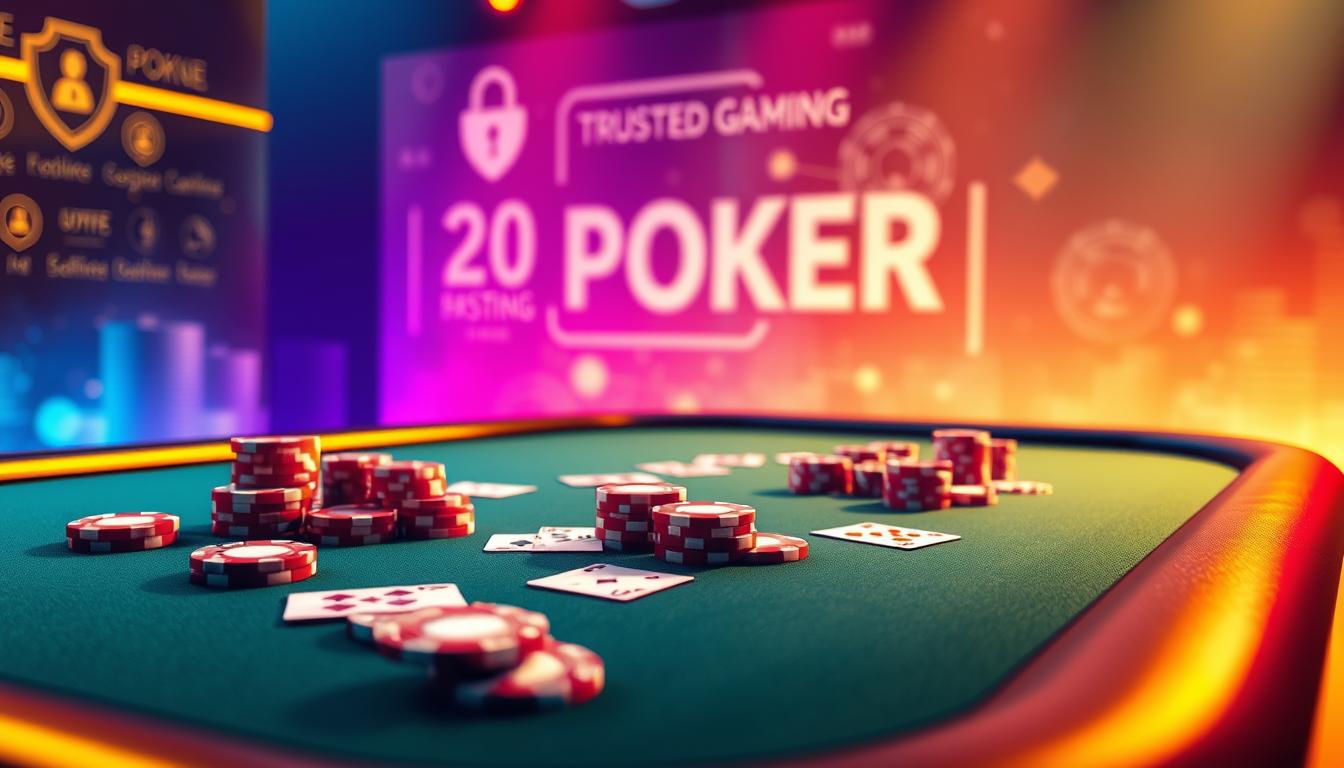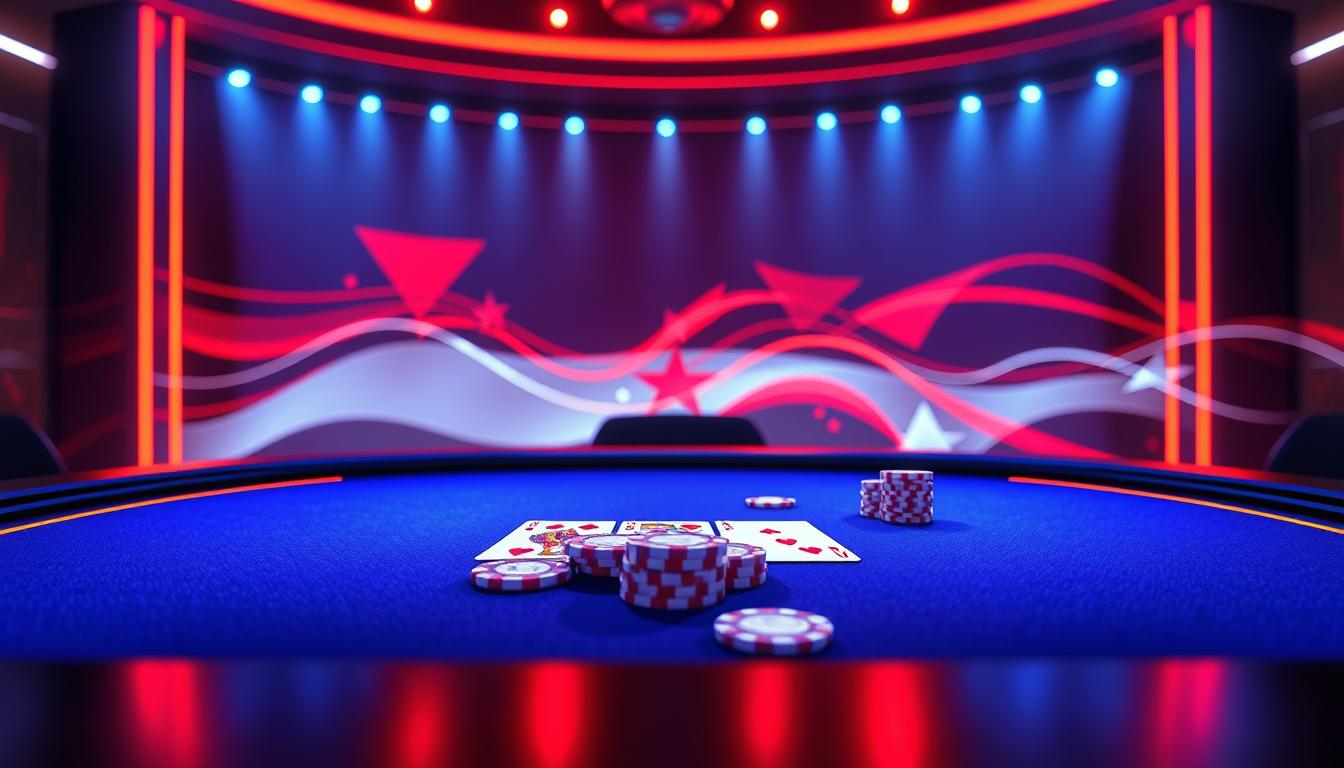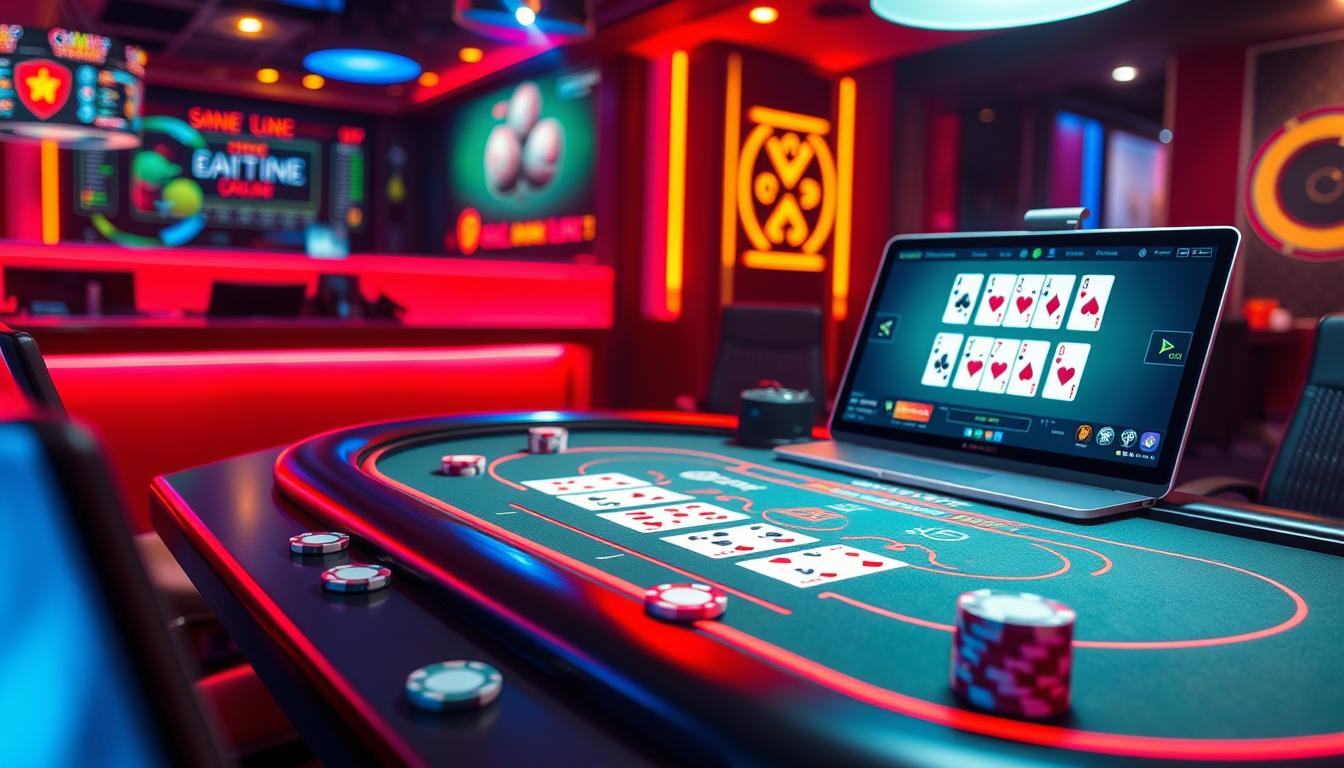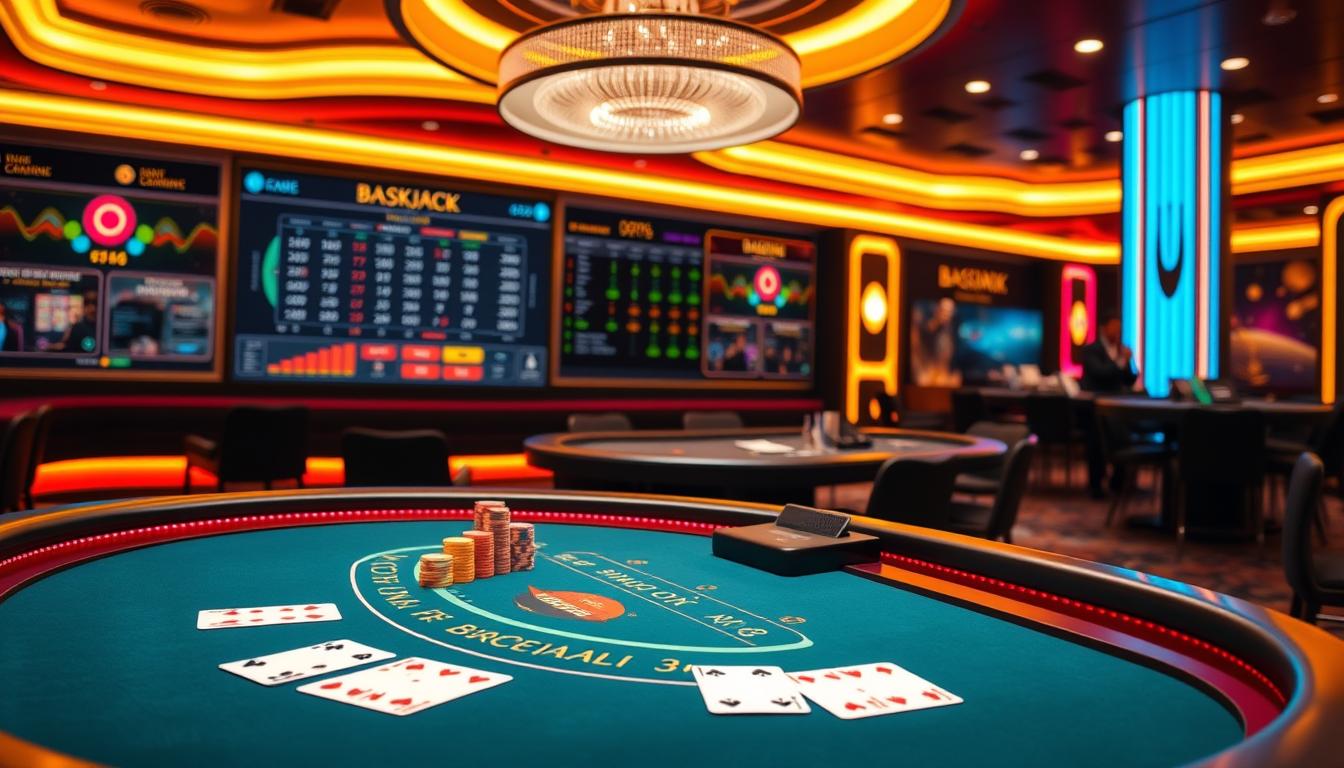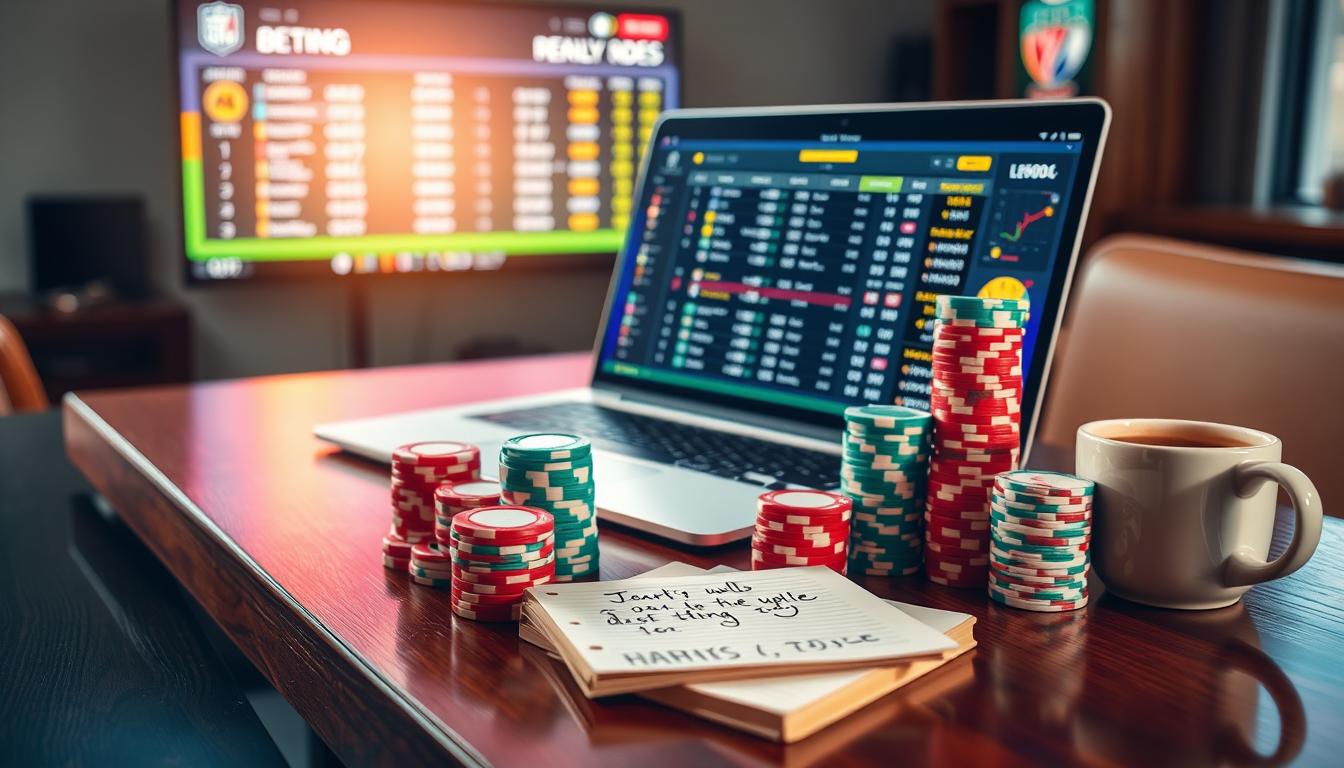Strategi Jitu Pasang Angka Togel Online: Rahasia Meningkatkan Peluang Menang
Strategi jitu pasang angka togel online menjadi fokus banyak pemain yang ingin meningkatkan peluang kemenangan. Menggunakan metode statistik dan analisis angka dapat membantu pemain membuat keputusan yang lebih baik saat…

